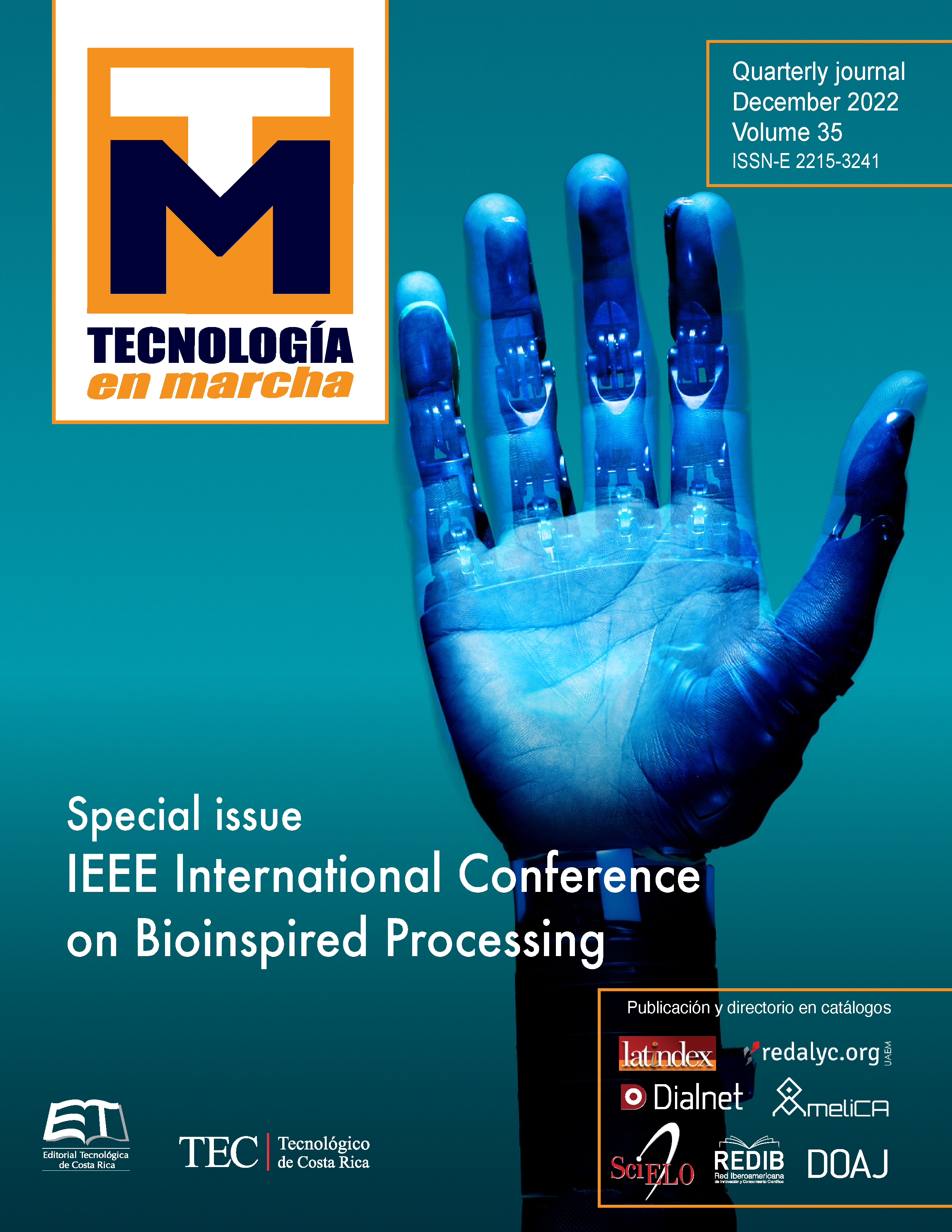Automatic social media news classification: a topic modeling approach
Main Article Content
Abstract
Social media has modified the way that people access news and debate about public issues. Although access to a myriad of data sources can be considered an advantage, some new challenges have emerged, as issues about content legitimacy and veracity start to prevail among users. That transformation of the public sphere propels problematic situations, such as misinformation and fake news. To understand what type of information is being published, it is possible to categorize news automatically using computational tools. Thereby, this short paper presents a platform to retrieve and analyze news, along with promising results towards automatic news classification using a topic modeling approach, which should help audiences to identify news content easier and discusses possible routes to improve the situation in the near future.
Article Details

This work is licensed under a Creative Commons Attribution-NonCommercial-NoDerivatives 4.0 International License.
Los autores conservan los derechos de autor y ceden a la revista el derecho de la primera publicación y pueda editarlo, reproducirlo, distribuirlo, exhibirlo y comunicarlo en el país y en el extranjero mediante medios impresos y electrónicos. Asimismo, asumen el compromiso sobre cualquier litigio o reclamación relacionada con derechos de propiedad intelectual, exonerando de responsabilidad a la Editorial Tecnológica de Costa Rica. Además, se establece que los autores pueden realizar otros acuerdos contractuales independientes y adicionales para la distribución no exclusiva de la versión del artículo publicado en esta revista (p. ej., incluirlo en un repositorio institucional o publicarlo en un libro) siempre que indiquen claramente que el trabajo se publicó por primera vez en esta revista.
References
T. Highfield, “Social media and everyday politics”, Cambridge: Polity Press, 2016.
H. Margetts, P. John, S. Hale, & T. Yasseri, “Political turbulence: How social media shape collective action”, Princeton: Princeton University Press, 2016.
N. Newman, et al, “Reuters Institute Digital News Report 2019”, Oxford: Reuters Institute, 2019.
A. Marwick, “Why Do People Share Fake News? A Sociotechnical Model of Media Effects”, Georgetown Law Technology Review, 2(2), pp:474-512, 2018
S. Livingstone, “Tackling the Information Crisis: A Policy Framework for Media System Resilience”, Foreword. In LSE 2018. p: 2. London: LSE, 2018.
S. Waisbord, “Truth is what happens to news: On journalism, fake news, and post-truth. Journalism Studies”, 19(13), pp:1866–1878, 2018.
D. Blei, “Topic Modeling and Digital Humanities”. Journal of Digital Humanities, 2(1), pp: 8-11. 2021.
D. M. Blei, A. Y. Ng & M. I. Jordan, “Latent dirichlet allocation”. Journal of machine Learning research, 3(Jan), pp: 993-1022, 2003.
R. Řehůřek, & P. Sojka, “Gensim—statistical semantics in python” Retrieved from genism.org, [Accessed May. 2, 2011]
C. Soto-Rojas, C. Gamboa-Venegas, A. Céspedes-Vindas, “MediaTIC: A Social Media Analytics Framework For the Costa Rican News Media”. Tecnología en Marcha. Edición especial 2020. 6th Latin America High Performance Computing Conference (CARLA). pp: 18-24. 2020.
CrowdTangle Team. CrowdTangle. Facebook, Menlo Park, California, United States. [List ID: 1510711], 2020.
C. Sievert and K.Shirley. “LDAvis: A method for visualizing and interpreting topics”. In Proceedings of the Workshop on Interactive Language Learning, Visualization, and Interfaces, pp: 63–70, Baltimore, Maryland, USA. Association for Computational Linguistics, 2014.
M. Röder, A. Both, and A. Hinneburg. 2015. “Exploring the Space of Topic Coherence Measures”. In Proceedings of the Eighth ACM International Conference on Web Search and Data Mining (WSDM ‘15). Association for Computing Machinery, New York, NY, USA, pp: 399–408. 2015.
A. Gliozzo, “Semantic domains and linguistic theory”. In Proceedings of the LREC 2006 workshop Toward Computational Models of Literary Analysis, Genova, Italy. 2006.

